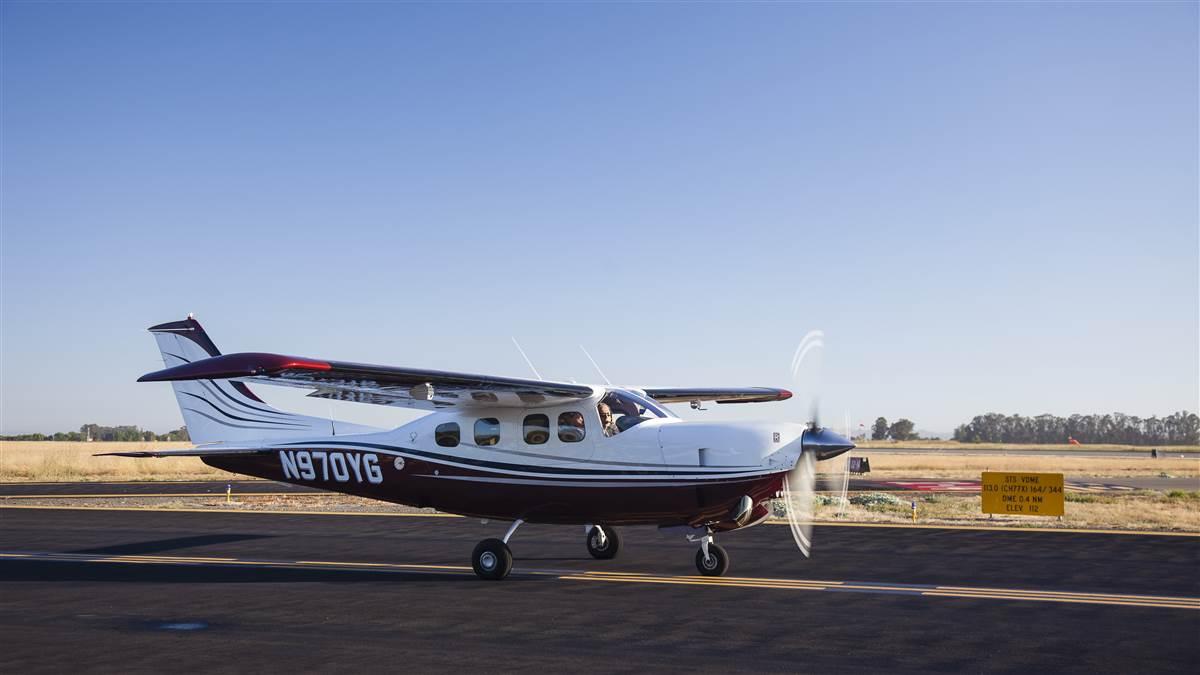Mastering the Skies: Essential Tips for Flying a Cessna
Flying a Cessna aircraft is a dream for many aviation enthusiasts. Known for their reliability, versatility, and ease of handling, Cessnas serve as the backbone for flight training and personal aviation. However, mastering the skies in any aircraft requires a blend of knowledge, skill, and discipline. This article delves into the art of flying a Cessna, offering essential tips for ensuring every journey is safe and smooth. Whether you’re a budding pilot or a seasoned aviator, understanding these crucial aspects will enhance your flying experience.
Mastering the Art of Flying a Cessna Aircraft

When it comes to flying a Cessna, understanding the unique characteristics of these aircraft is crucial. Cessnas are revered for their forgiving nature, making them the ideal choice for training and personal flying. The high-wing design offers excellent visibility and stability, which is particularly beneficial during slow flight operations and in turbulent conditions. Familiarize yourself with these design features and how they impact flight dynamics, as this knowledge will enable you to exploit the aircraft’s strengths while mitigating potential weaknesses.
Another fundamental aspect of mastering a Cessna is mastering control inputs and coordination. The sensitivity and responsiveness of a Cessna require pilots to practice precise control movements. This holds especially true during takeoff and landing phases, where smooth and coordinated inputs can make a significant difference. Spend time refining your abilities in these critical areas through consistent practice and simulator training. As you become more adept, you’ll notice improved handling and increased confidence in your piloting skills.
Moreover, a thorough understanding of the aircraft’s systems, including avionics, engine performance, and emergency procedures, is imperative. A Cessna’s cockpit may appear straightforward, but familiarity with each component and its operation is crucial for ensuring safe and efficient flights. Regularly review the aircraft’s manual and attend workshops or training sessions to stay updated on best practices and technological advancements. This comprehensive approach will not only enhance safety but also enrich your overall flying experience.
Essential Tips for Safe and Smooth Journeys

Ensuring each flight in a Cessna is safe and smooth begins with meticulous pre-flight planning. This includes checking weather conditions, calculating weight and balance, and reviewing the flight plan. Familiarize yourself with the current air traffic control communications and airspace regulations to avoid surprises once airborne. Comprehensive planning not only enhances safety but also boosts efficiency, allowing you to focus more on flying and less on unforeseen issues.
Another critical aspect is maintaining situational awareness throughout the flight. This involves constantly monitoring your position, altitude, and airspeed, as well as keeping an eye on environmental conditions and potential hazards. Utilize all available resources, including GPS and other navigational aids, to ensure precision and accuracy in your flight path. Maintaining clear communication with air traffic control and other pilots is also essential. Practicing these habits regularly will sharpen your instincts and strengthen your decision-making abilities.
Finally, never underestimate the importance of ongoing training and education. The aviation industry is constantly evolving, with advancements in technology and updates to regulations. Participating in recurrent training programs and engaging with the flying community can provide valuable insights and keep your skills sharp. Stay informed about the latest safety protocols, industry trends, and best practices. By committing to lifelong learning, you ensure that every journey in your Cessna remains as safe and smooth as possible.
Mastering the art of flying a Cessna aircraft is a rewarding journey that merges technical skill with the freedom of the skies. With dedication to understanding the aircraft, honing control techniques, and embracing a culture of safety and ongoing learning, pilots can enjoy the full potential that these remarkable machines offer. Whether you’re navigating towards a new destination or simply enjoying the serenity of flight, ensuring each journey is executed with precision and care will lead to endless adventures and a lifetime of memories in the cockpit of your Cessna.



